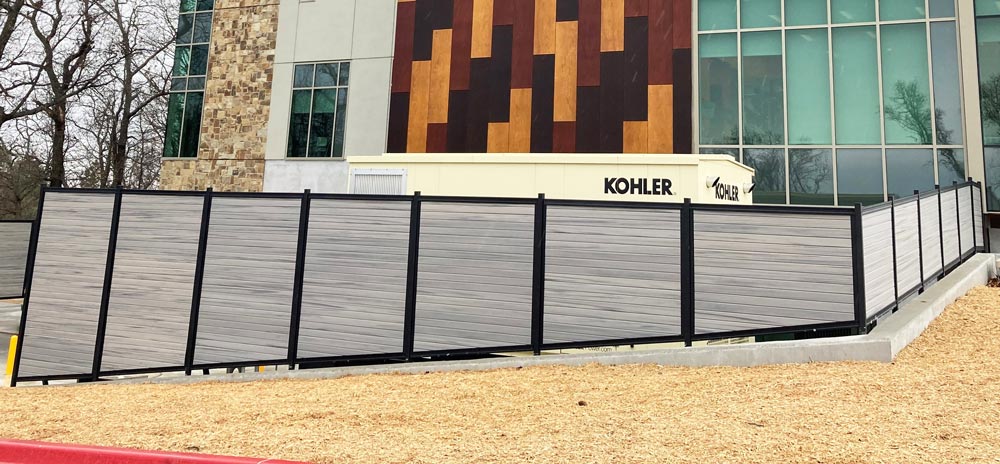All Categories
Featured

A fencing is a valuable enhancement to any kind of property, providing protection, privacy, and enhancing the total visual allure of your home or organization. Nevertheless, like any type of outside structure, a fencing will normally wear down over time because of exposure to the elements, mishaps, or merely age. Identifying the indicators that your fencing needs to be changed can help you stay clear of more damage and preserve the security and appearance of your home. Here are some essential signs that it's time to change your fence.

- Visible Damage or Damage
One of one of the most noticeable signs that your fencing needs to be replaced is noticeable damages. Whether it's from weathering, crashes, or bugs, any kind of major fractures, splintering, or missing boards can significantly minimize the architectural stability of your fence. Changing the entire fence might be a lot more economical in the long run. if the damage is substantial and goes past simply a few repairs.
- Leaning or Sagging
A leaning or sagging fencing is a clear sign of a problem. Even if the fence appears to be leaning a little, it could be an indication of underlying structural problems that might aggravate with time.
- Rotting or Worn Out Timber

Wooden fences are specifically prone to rot and degeneration, specifically in locations that experience high degrees of moisture or humidity. If you observe that components of your wood fence are soft, blemished, or have noticeable mold and mildew, these are all signs of rot.
- Corrosion and Rust (For Steel Fences)
If you have a steel fencing, deterioration and corrosion are common indications of wear and tear. If you observe any kind of significant weakening or big areas of corrosion, it might be time to consider changing your steel fencing.
- Fence No Longer Fulfills Your Needs
One more reason to change your fence can be that it no much longer serves its designated function. Gradually, your needs might transform-- possibly you need a greater fencing for more personal privacy or a more powerful one for raised safety. If your fencing no more meets your needs or doesn't align with your existing choices, it might be time to upgrade to a brand-new, a lot more useful design.
- Fading and Discoloration
While fading and staining are usually cosmetic issues, they can still show that your fence is aging. Exposure to UV rays and extreme weather can create fencings to shed their initial color, making them look boring and used. If the fading is extensive and you've currently tried cleansing and staining the fence, it may be time to replace it to bring back the look of your building.
- Frequent Repairs
If you locate yourself frequently fixing your fence, maybe an indicator that the fence is nearing the end of its lifespan. While small repair services can extend the life of a fence, constant repairs might show that the structure is no more steady. In this instance, it may be a lot more cost-effective to change the whole fencing rather than continuing to purchase repair services.
Verdict
Changing a fencing is a substantial financial investment, yet it is important for keeping the aesthetic, security, and personal privacy allure of your residential or commercial property. If your fence is showing indications of damage, rot, leaning, or other structural problems, it's vital to examine whether a substitute is required. By recognizing these indication beforehand, you can make educated choices regarding when to replace your fencing, ensuring your home stays secure and visually appealing for several years ahead.
Latest Posts
Identifying When Your Car Needs Skilled Auto Repair at Montclare Auto Repair
Published Jun 01, 25
1 min read
Discover the Leading Auto Repair Deals in Montclare, Chicago
Published May 26, 25
1 min read
Explore Reduce Expenses on Car Maintenance with Montclare Auto Repair’s Limited-Time Deals
Published May 25, 25
1 min read
More
Latest Posts
Identifying When Your Car Needs Skilled Auto Repair at Montclare Auto Repair
Published Jun 01, 25
1 min read
Discover the Leading Auto Repair Deals in Montclare, Chicago
Published May 26, 25
1 min read
Explore Reduce Expenses on Car Maintenance with Montclare Auto Repair’s Limited-Time Deals
Published May 25, 25
1 min read